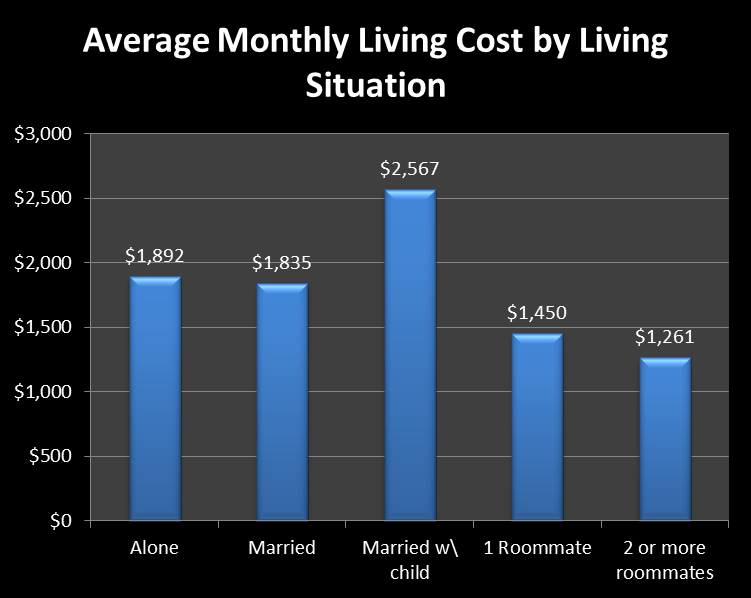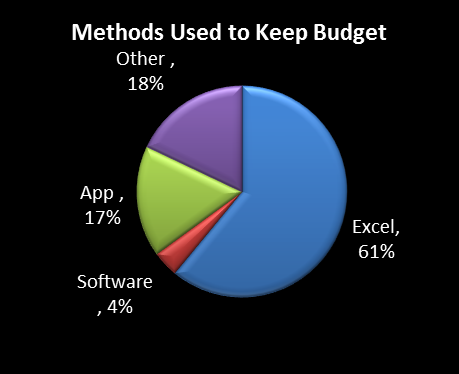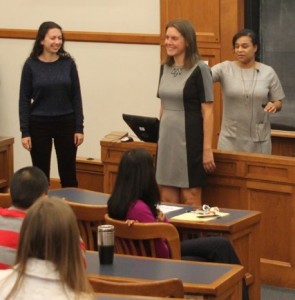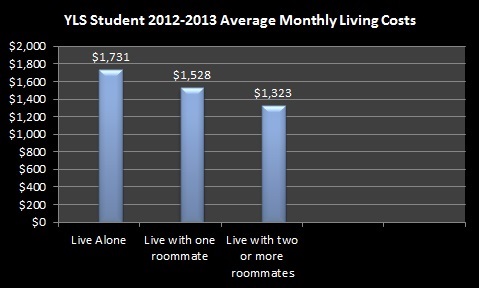What Really “Mattress” And What You Should “Chair” About in Furnishing Your Apartment
So Class of 2018… here is the reality – your new permanent address here in New Haven is 127 Wall Street. That’s where you will be spending the majority of your days and nights. That apartment that you probably just dropped a hefty security deposit on is solely where you store your stuff and sleep.
Given that… there is no real reason to spend your already challenging student budget on furnished said apartment in any type of lavish style. There are ways to get all the essential furniture you need and still save money
IKEA (located on Sargent Drive in the Long Wharf section) – is probably the go to New Haven “student friendly” destination for inexpensive and yet new furniture. The biggest time constraint with IKEA is not winding your way through the labyrinths of their massive store (following their mandated yellow line so that you have to walk through each and every department) but the time you will need in actually putting together the furniture which all comes unassembled with no written instructions (just pictures) and you r only tool is the 4 inch allen wrench supplied with each purchase. There is a reason why IKEA sells a larger $7.99 tool kit close to the checkout counters- invest in that! My favorite spot in IKEA is actually the “As Is” department which is tucked to the far left of the checkout area. Here you can find significantly reduced display models or slightly damaged furniture and the best part… it’s all pre- assembled!! No room to fit that purchase in your car? – IKEA also allows you to rent trucks on a daily basis to bring the purchase home. Another budget item related to IKEA- great inexpensive meals in their restaurant – the signature dish being their Swedish meatballs with ligonberry sauce.
My other favorite budget furniture place is Universal Hotel Liquidators (UHL) located on Rt. 1 in West Haven. Consider the concept… who changes furniture the most often… hotels who are constantly updating their rooms. UHL recognized that and the fact that this furniture for the most part is relatively gently used and as such very resellable. . Think of it as a “green effort” to recycle furniture that still has a lot of life span left. It’s an enormous warehouse where you can literally find any type of furniture here that you would find anywhere in a hotel. From the traditional bed sets, desks, and armchairs to ice buckets, luggage racks and wet bars. And usually it’s not just one of any given item but sometimes 30 that all came out of the same hotel (so you get to choose which one of the 30 is in the best condition). Part of the adventure is looking for the identification found somewhere on the piece which tells what hotel it came from – bonus points if you find anything from the Waldorf Astoria. Hotel Liquidators will also deliver furniture for a small charge.
For those with a sense of adventure there is always the tag sale/estate sale circuit. You can find a listing of area weekend sales in the classified of the New Haven register each week (paper version or online) . If you have a car and can get out to the New Haven suburbs (Orange, Woodbridge, West Haven) it’s usually some pretty good pickings.
But why listen to me when he real source of interior design on a budget has to be our own rising 2Ls and 3Ls who shared these tips:
- “I strongly recommend furniture shopping at thrift stores, though you may want to reserve this for non-upholstered items like tables, desks, and dining chairs. My favorites in the area are Savers and Helping Hands Community Thrift Store (which, as a bonus, has a student discount!). “ [Note- you can find Savers, Helping Hands , the Goodwill Store as well as several private consignment shops all on the Route 1 Boston Post Road strip in Orange].
- Look for furniture on Craigslist — many of the posts in New Haven are Yale students (sometimes even YLS students!) trying to get rid of their furniture before they move apartments or before new roommates move in, and you will often get furniture at a substantial discount.”
- “If you can wait to purchase some furniture (or if you are looking to purchase furniture before moving into another apartment before your 2L or 3L year), watch for posts by graduating and moving YLS students looking to get rid of furniture. Many of them will be giving away furniture (and much more — casebooks, dishware, coffeemakers and other appliances, etc. — the list goes on!) for free or very cheap at the end of the year and you can get a lot of what you need then if you are free to pick up the stuff then. “
- “The Yale Free & For Sale Facebook group is a great place to get affordable furniture and household goods from other students”
So with these suggestions, keep in mind that your New Haven home is still a temporary address. Really assess what critical furnishings you need to be relatively comfortable over what will be three short years and don’t let your budget fall flat over the allure of that flat screen television.






